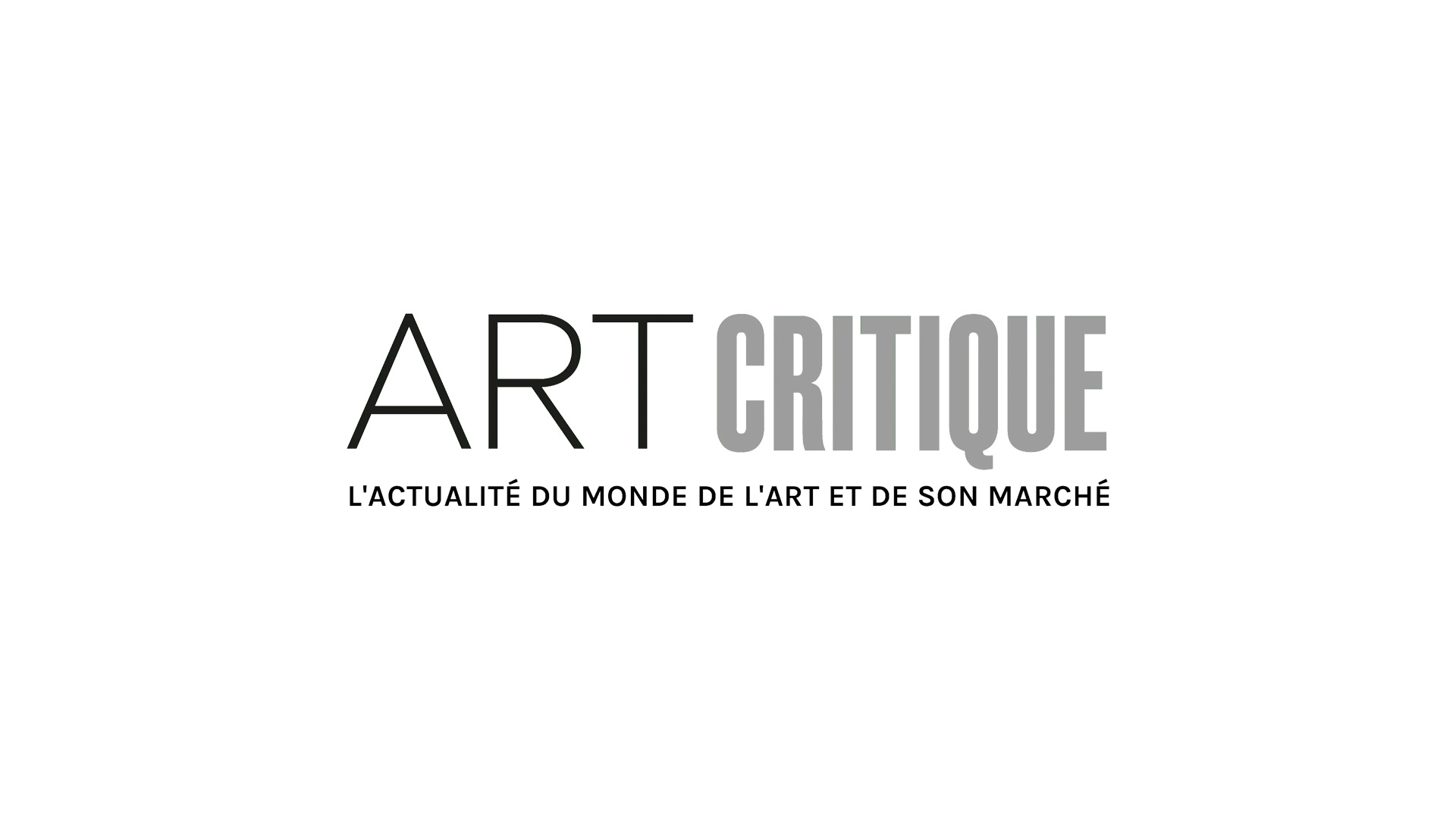Two years after rejecting the idea to construct a Guggenheim institution in Helsinki, a private museum has been inaugurated in the city centre. Celebrating the architecture of the past, while juxtaposing sinuous, contemporary forms via a new rooftop playground, the rejuvenated Lasipalatsi can legitimately take pride of place in the Finnish cultural landscape.
The new building is a re-imagining of the functionalist architecture of the existing Lasipaltsi. The old structure has been sensitively refurbished by architects from the JKMM practice, who have also conserved the old tower, setting it at the epicentre of a new playground that invites physical interaction. Children are allowed to climb on the futuristic windows and skaters encouraged to glide across the landscape’s tempting curves and dips. Museum director, Mr Kartio wanted the site to become a location for both fine art and urban culture. The structure delivers his vision perfectly, providing an intimate space for exhibitions in the below-ground gallery, while the roof provides an interesting space for physical exploration and social encounters.
The so-called Amos Rex project began in 2013. Its mission was to replace the old Amos Anderson Art museum, former home of the eponymous philanthropist and entrepreneur, which had until then been used to display twentieth-century artworks. The museum was in need of a complete refresh – partly to upgrade its facilities, but also so it was ready to respond to more contemporary art forms and to expand its remit. Mr Kartio hoped that the project would create a dialogue between the past, present and future. The new building certainly fulfils this aim, blending existing structures (part of the Lasipalatsi and the Bio Rex cinema) with new elements – including cutting-edge display technologies – and topping it off with an homage to futurism on the roof.
The result? Subterranean and surface designs working in harmony. If the museum exudes avant-garde outside, the below-ground exhibitions root it firmly to the earth, representing the many layers of history, as well as the strata of soil and rock between them. In its former incarnation, the museum mostly displayed the private collection of Amos Anderson, which was primarily composed of art from the twentieth-century. Going forward, the centre will expand its existing acquisitions to incorporate not only modern art, but also ancient cultures, experimental and contemporary works. Following its official opening on 30 August 2018, the museum is currently hosting an inaugural exhibition from the Tokyo teamLab collective. This innovative group explores the nature of reality through a range of media and includes 3D animators, mathematicians, encoders, graphic designers, and authors. Through various animated projections, they interact with the public who also become co-creators of the work.
Located in the heart of the city, the new venue is very close to the Fine Art Museum of Helsinki and the Art Gallery of Helsinki, together forming an attracting cultural district for the Finnish city. The Amos Rex project was selected over a rival Guggenheim museum proposition, partly because of the cost implications of the Guggenheim plan and partly due to the city’s wish to champion a national facility. Amos Rex is privately funded by the Amos Anderson Association, and has gained a lot of awareness in the international art scene for its architectural innovation. As a result, Helsinki has won a lot of kudos as a European cultural city.
Featured image: © Sino Yu





